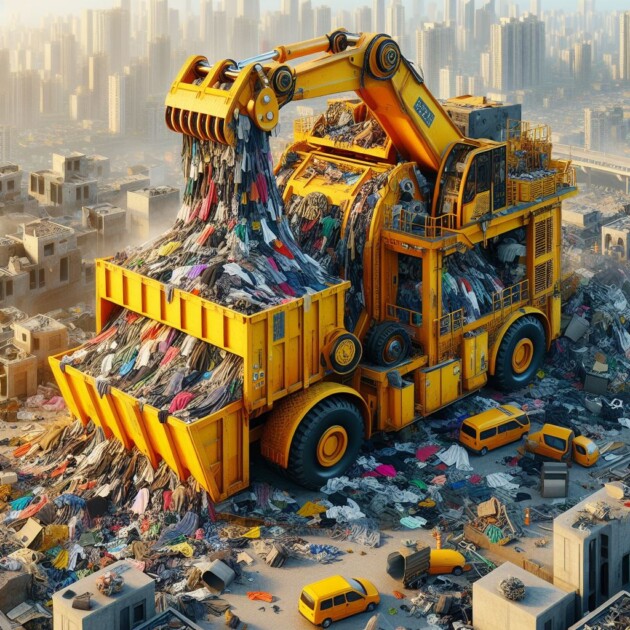The Impact of Fast Fashion on Economy and Environment
The Impact of Fast Fashion on Economy and Environment
Fast fashion, a term used to describe inexpensive clothing produced rapidly by mass-market retailers in response to the latest trends, has undeniably transformed the fashion industry. However, it has also raised significant economic and environmental concerns.
Economic Implications
Fast fashion has democratized the fashion industry, making trendy clothing accessible to a broader consumer base. This has led to increased sales and profits for retailers. However, it has also created a culture of disposability, where clothes are worn only a few times before being discarded.
This trend has serious economic implications. The demand for cheap labor to produce these clothes often leads to exploitation of workers in developing countries, where labor laws may be lax. Moreover, the constant churn of new trends can lead to overproduction, resulting in significant waste and financial loss.
Environmental Impact
The environmental impact of fast fashion is equally concerning. The fashion industry is one of the largest polluters globally, second only to the oil industry. Fast fashion contributes significantly to this pollution due to its reliance on cheap, non-renewable resources.
The production process involves high energy consumption, massive water usage, and the release of harmful chemicals. Moreover, the short lifespan of these clothes means they quickly end up in landfills, contributing to the growing problem of textile waste.
Social Implications
Beyond the economic and environmental impacts, fast fashion also has profound social implications. The exploitation of workers in developing countries often includes poor working conditions, long hours, and inadequate wages. This not only affects the quality of life for these workers but also perpetuates cycles of poverty and inequality.
Consumer Behavior
Consumer behavior plays a crucial role in the fast fashion cycle. The allure of constantly updated trends and low prices encourages overconsumption. This behavior not only fuels the demand for fast fashion but also exacerbates its negative impacts. Educating consumers about the true cost of their purchases and promoting mindful consumption can help mitigate these effects.
Towards a Sustainable Future
Addressing the impact of fast fashion requires a concerted effort from all stakeholders. Consumers can play their part by choosing to buy less, reuse more, and opt for sustainable brands. Retailers, on the other hand, need to invest in sustainable practices, such as using renewable resources, improving working conditions, and reducing overproduction.
Governments and regulatory bodies also have a role to play by enforcing stricter labor laws and environmental regulations. Incentives for sustainable practices and penalties for non-compliance can drive the industry towards more responsible behavior.
Personal Conclusion
While fast fashion has made trendy clothing more accessible, it has also led to significant economic, environmental, and social challenges. It’s high time we rethink our fashion consumption habits and move towards a more sustainable future. By making informed choices and supporting ethical practices, we can help transform the fashion industry into a force for good.






